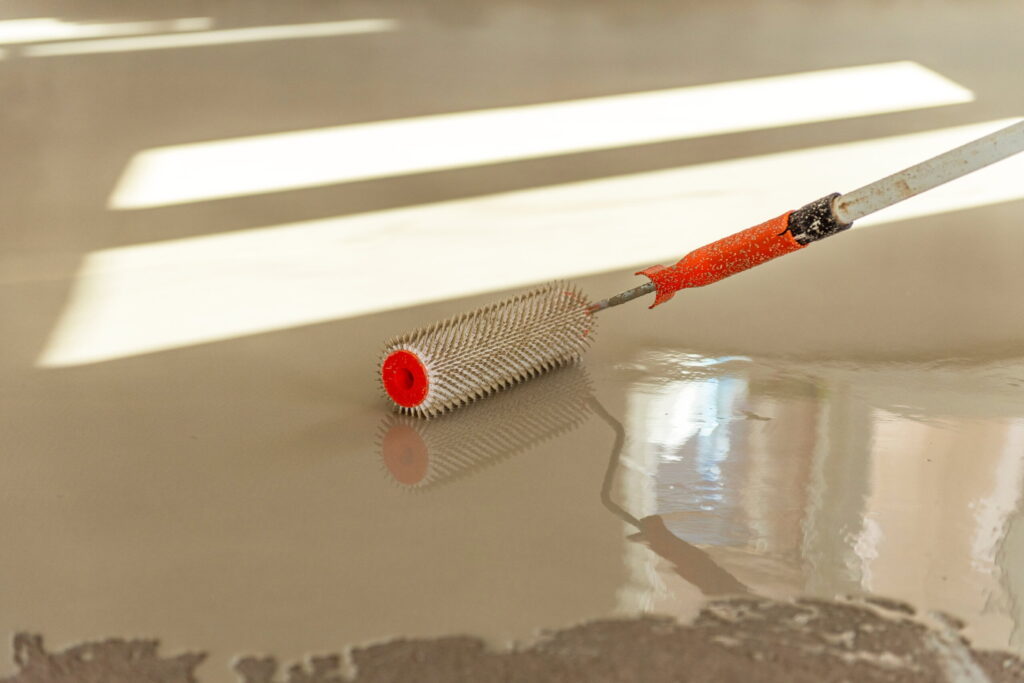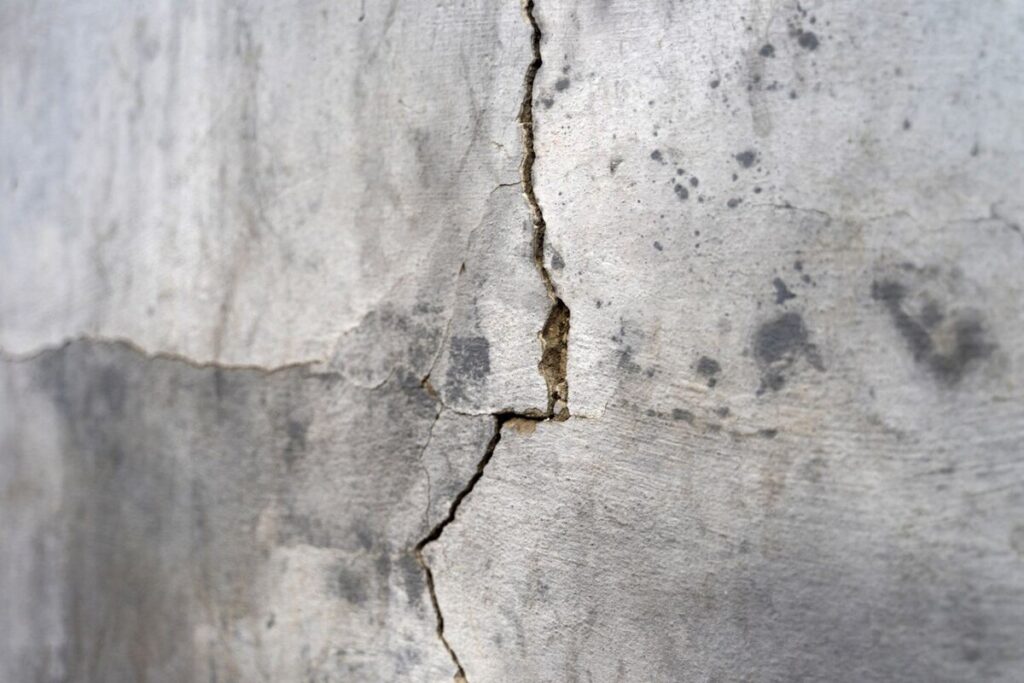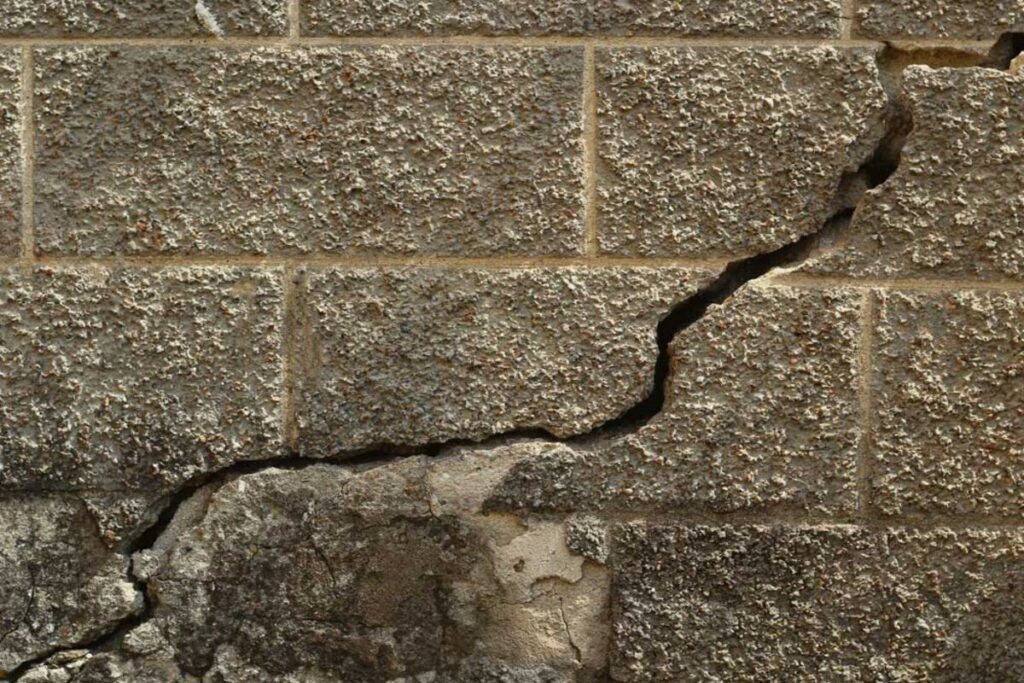Do you know what contributes to bowed foundation walls?
This problem can come from multiple causes, usually related to the soil around your home. It’s an expensive fix if you let it get out of control, but there are ways to minimize the effect of cracked or bowing foundation walls. If you don’t fully understand these concepts, continue reading, but you’re also welcome to reach out to us with other questions on this topic.
Bowed Foundation Walls from Improper Grading
Improper grading around the home is one of the greatest contributors to bowing foundation walls. If there’s a negative slope headed toward the foundation, you’re bound to have a problem. Water can really soak your yard and place extra stress on the foundation wall, pushing the wall in and causing it to bow.
In Kansas City, we have clay soil that freezes in the winter (contraction), but then thaws in the summer (expansion), placing a lot of pressure on the foundation. This “breathing” of the soil will inevitably lead to cracks and bowing. Of course, not all cracks require immediate attention, but they can become a serious issue if they get larger.
Other Causes of Bowed Foundation Walls
What are some other issues that cause this trouble?
When you see horizontal or diagonal cracks, it generally means there is some degree of inward movement within the foundation wall. Olson Foundation Repair can address these by installing I-beams, vertical wall restraints, every five to six feet, or every four feet for cinder-block walls. We do this with the aim of stabilizing the wall.
Poor builds can contribute to bowing as well. If the foundation walls don’t have enough rebar, you might need I-beams to cover for that deficiency.
Then you also have to check on all the fixtures along the outside of the home. Some Kansas City homes have gutters that pour the wrong way. This causes the accumulation of even more water that will soak the soil all around the foundation wall.
Know The Signs of Bowing Foundation Walls
We’ve touched on this topic before in our previous article on how to fix bowing walls, where we also offered a few tips for detecting the problem. These are the signs that you have a serious issue with bowing walls and may need repairs.
- Horizontal/Diagonal cracks and/or stair-step cracks around the foundation.
- The walls are sliding or leaning in certain spots.
- You notice the soil expanding or observe hydrostatic (water) pressure.
- You see buckling, bulging, or other inward movement on your foundation walls.
- The soil in your yard never seems to drain properly.
- You haven’t had your basement waterproofed, and suffer from constant water intrusion in those areas of your home (including inside crawl spaces).
So, as you can see, the damages will become clear in a few different ways. You may not know how to diagnose the precise problem, but can find the culprit if you contact us for a free inspection.
Call Olson Foundation Repair for Help with Any Foundation Damages
Olson Foundation Repair can help you address any shortcomings resulting from poor soil grading and help you stabilize and waterproof your home. Since I-beam installation and other renovations require trained expertise, you don’t want to approach cracks or bowing walls with a “DIY” mentality. Our team of trained professionals can help you implement a safe and permanent solution for the most affordable price.
We maintain a terrific relationship with the Kansas City community including an accreditation with the Better Business Bureau (BBB). That means our service doesn’t produce many complaints, but whenever there is an issue, we respond promptly. Plus, we always honor the service warranties for everything we do.
Contact Olson Foundation Repair today if you need reliable repairs on bowed foundation walls.




